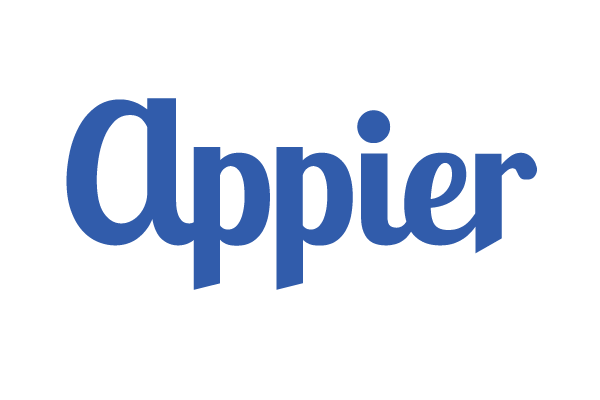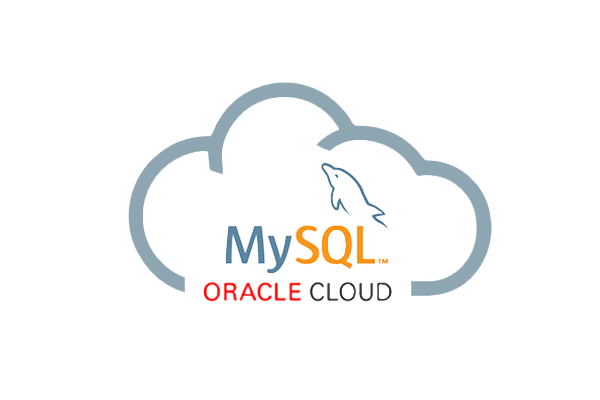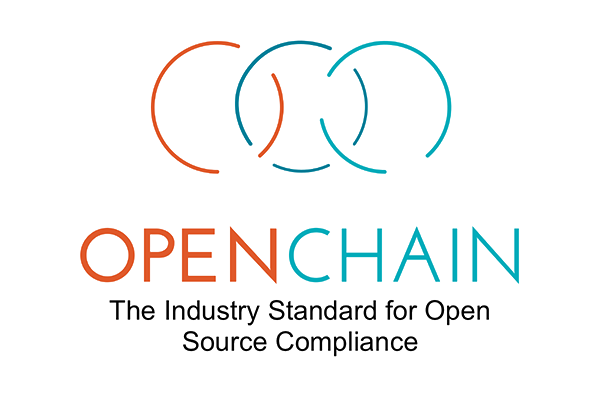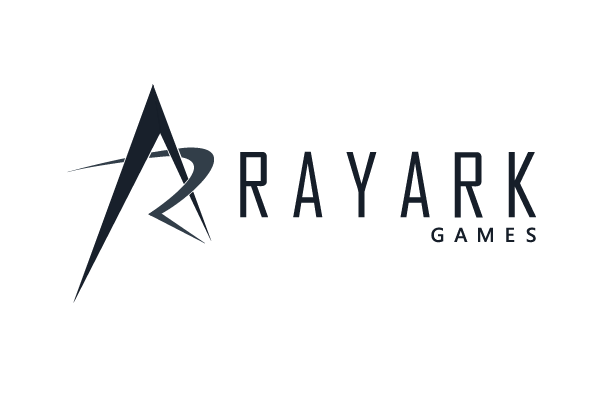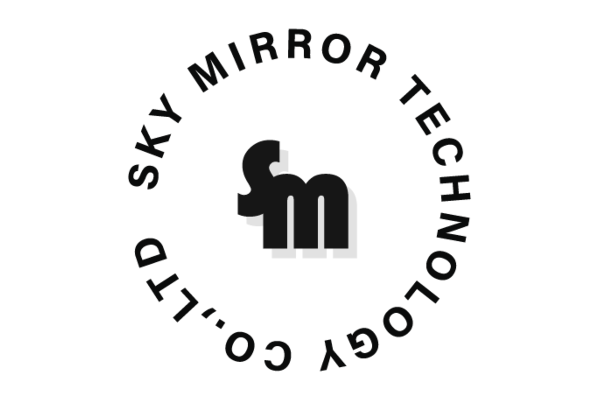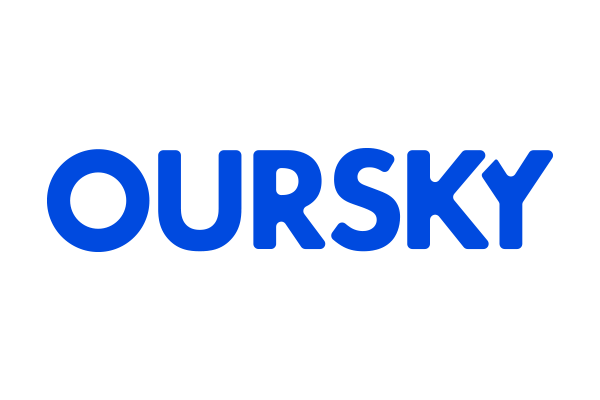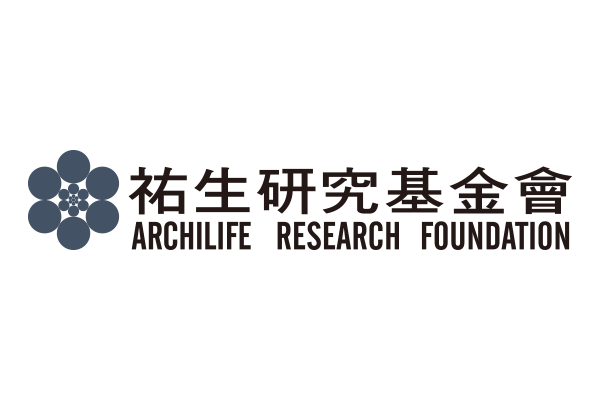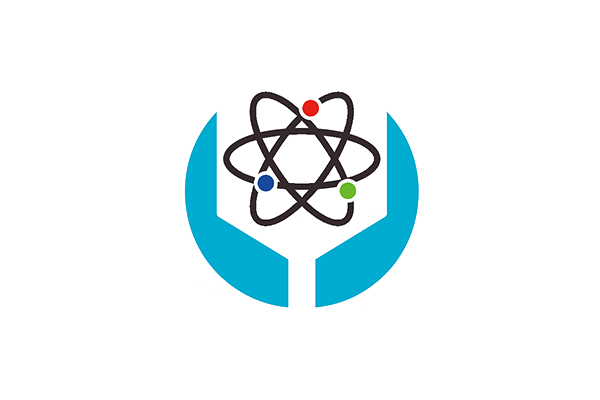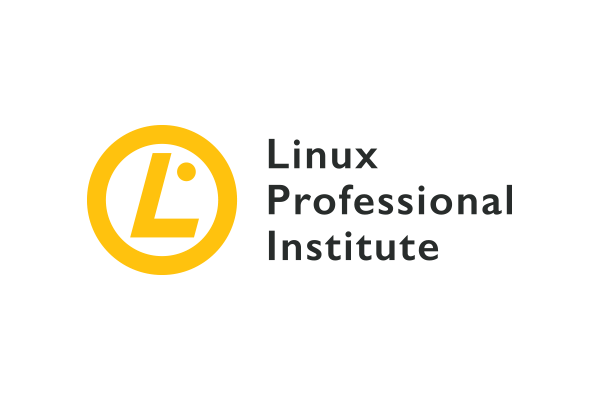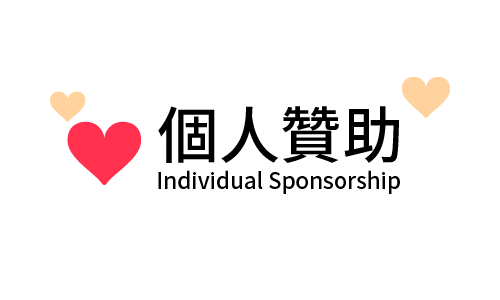Using hardware-based cryptography on mobile phones, we are seeking to create a traceable record at the beginning of the content lifecycle so that images and video can be authenticated at source. With content origin and its captured time, location, with other environmental information we will help establish provenance of media so that it’s integrity is preserved as it travels over the internet from mobile phones to the front pages of news media websites The goal is to establish a transparent, decentralized and open source system that provides both the technology breakthroughs in authentication, user privacy, ethics and best practices to strengthen image authentication.
Trust in the media is at an all-time low across the world people concerned about the spread of inaccurate information on the Internet. Especially in the global South where misinformation campaigns move faster with younger, digitally native populations who are at risk today and more so in the future as crowdsourced content are only deepening as artificial intelligence tools are generating photorealistic deep fakes images.
We seek to rebuild trust between content readers and content provider and restore faith in the Internet as a source of accurate news and information
Today, verifying the integrity of the content, such as image or video, are complex and generally unavailable to the average user. It is hard to know the origin of the content when you see it, hard to verify who took the photo, and hard to verify when and where the photo was taken. The content generated can also be misused easily. Take the pictures of Amazon wildfires from 2019 , there were some of the images forwarded on the internet were actually not related to the Amazon fire in 2019. These problems hurt the trust between content generators and content readers.
Starling Capture aims to create a traceable record at the beginning of the content lifecycle. We use mobile sensors to capture the environmental information and registered them in the decentralized ledger for future verification. The security enclave is used to ensure the captured data and metadata. A copy of the photo or video will be encrypted and backed up on the decentralized web so that readers can also check if the currently seen image or video has been modified or not.
The stakes are high, as all stakeholders need to come together and ensure the technologies remain a force for good and users understand the best ways to adopt them. Any of them could be transformed from tools that advance human rights to becoming tools of surveillance that undermine them.
We are hoping that the same technology can be used to preserve news paragraphs, too. It happens often that someone quotes a paragraph and creates a completely different interpretation. The technology can allow editors to record the paragraphs they wrote. If this recorded paragraph is used by other articles, the editors will be notified and can decide whether they want to take legal actions or not more easily and more quickly.
About Bofu Chen/Hank Chiu
Bofu is a software engineer and architect who has 15+ year experience in data engineering, embedded systems, AI and IoT. He is an Arm innovator, the top-five open-source developer of TW 2017, and the consultant and opinion leader of blockchain and data policy in Taiwan. He is also the architect and developer of BerryNet and Mediant open-source projects. He has strong faith in FLOSS, internet freedom and is very active in the open-source community.
Hank is the lead software engineer in HTC and has 10+ year experience in embedded system. He has involved in blockchain and open source since 2018 and is the architect of HTC Zion’s Social Key Recovery feature, which has released SDK and open sourced for the community.

